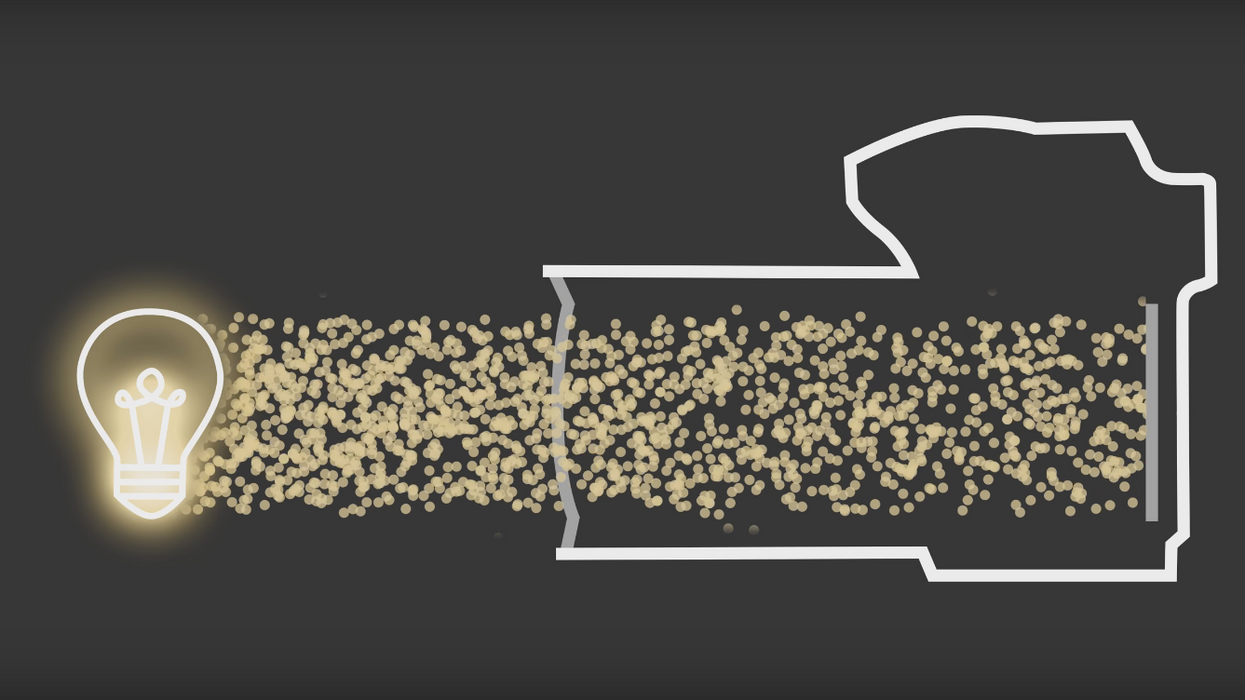Let These Nifty Graphics Explain Shutter Speed, Aperture, and ISO
This video offers a great explanation of how to get a good exposure.

If you've recently picked up a camera for the first time (or maybe you just never got around to learning the basics), one of the first things you'll need to learn is how to properly expose and image. Your DSLR, or whatever you use, has several functions that help you do this, shutter speed, aperture, and ISO. Understanding how light reaches the sensor in your camera can be a bit confusing for some, but this video gives a straightforward explanation for all of you beginners.
These concepts may seem complicated at first, especially when trying to figure out how they all affect the image independently, but this video does a great job of illustrating how each mechanism and setting works.
One metaphor that might help you conceptualize exposure is to think of the light you expose to your camera sensor as rain that you collect in a bucket. In this analogy, there are three things that correspond to the aperture, shutter speed, and ISO: the width of the bucket, the time you leave the bucket out to catch the rain, and the overall amount of rain you collect. (Hopefully that doesn't confuse you more!)
If you need a little more help understanding, we've covered these three concepts several times here at No Film School. Here are some of the topics we've covered surrounding exposure:
- Shutter speed/shutter angle
- Beginners guide to exposure
- Exposing in low light (which has a pretty good explanation of how shutter speed, aperture, and ISO work)
- 5 pillars of exposure
- The ISO of your eye (just for fun!)
Source: Some Stuff Explained












